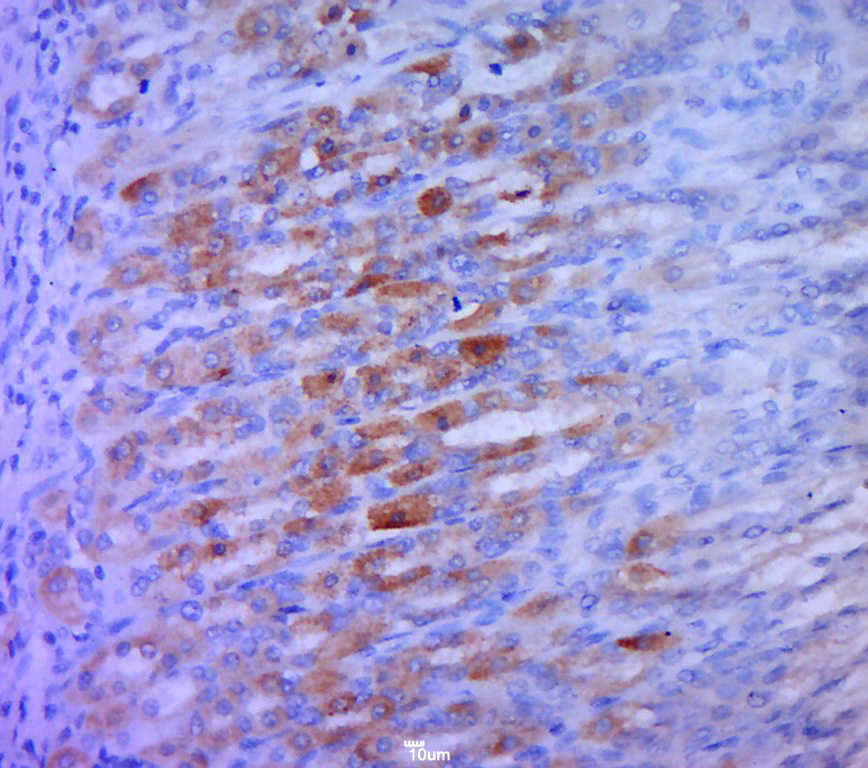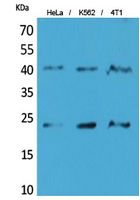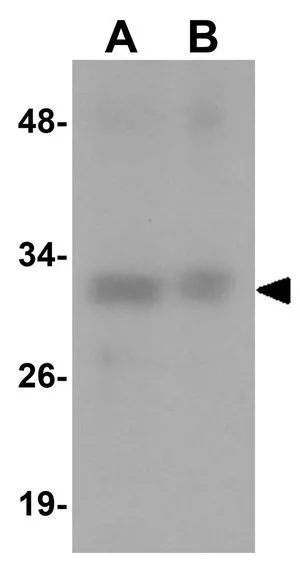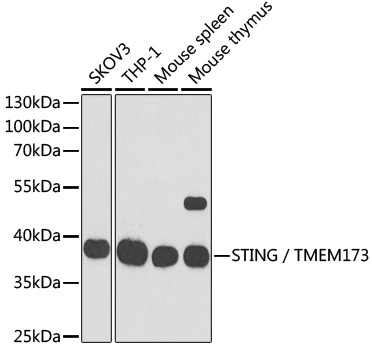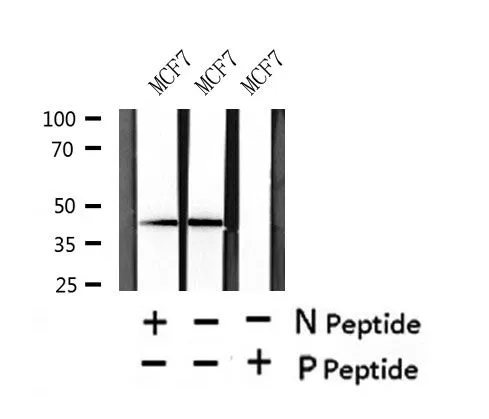STING antibody
GTX134373
ApplicationsImmunoFluorescence, ImmunoPrecipitation, Western Blot, ImmunoCytoChemistry, ImmunoHistoChemistry, ImmunoHistoChemistry Paraffin
Product group Antibodies
ReactivityHuman
TargetSTING1
Overview
- SupplierGeneTex
- Product NameSTING antibody
- Delivery Days Customer9
- Application Supplier NoteWB: 1:1000. *Optimal dilutions/concentrations should be determined by the researcher.Not tested in other applications.
- ApplicationsImmunoFluorescence, ImmunoPrecipitation, Western Blot, ImmunoCytoChemistry, ImmunoHistoChemistry, ImmunoHistoChemistry Paraffin
- CertificationResearch Use Only
- ClonalityPolyclonal
- Concentration0.42 mg/ml
- ConjugateUnconjugated
- Gene ID340061
- Target nameSTING1
- Target descriptionstimulator of interferon response cGAMP interactor 1
- Target synonymsERIS, MITA, MPYS, NET23, SAVI, STING, STING-beta, TMEM173, hMITA, hSTING, stimulator of interferon genes protein, N-terminal methionine-proline-tyrosine-serine plasma membrane tetraspanner, endoplasmic reticulum IFN stimulator, endoplasmic reticulum interferon stimulator, mitochondrial mediator of IRF3 activation, stimulator of interferon protein, stimulator of interferon response cGAMP interactor-deltaC, stimulator of interferon response cGAMP interactor-deltaN, sting 1, transmembrane protein 173
- HostRabbit
- IsotypeIgG
- Protein IDQ86WV6
- Protein NameStimulator of interferon genes protein
- Scientific DescriptionThis gene encodes a five transmembrane protein that functions as a major regulator of the innate immune response to viral and bacterial infections. The encoded protein is a pattern recognition receptor that detects cytosolic nucleic acids and transmits signals that activate type I interferon responses. The encoded protein has also been shown to play a role in apoptotic signaling by associating with type II major histocompatibility complex. Mutations in this gene are the cause of infantile-onset STING-associated vasculopathy. Alternate splicing results in multiple transcript variants. [provided by RefSeq, Sep 2014]
- ReactivityHuman
- Storage Instruction-20°C or -80°C,2°C to 8°C
- UNSPSC12352203

